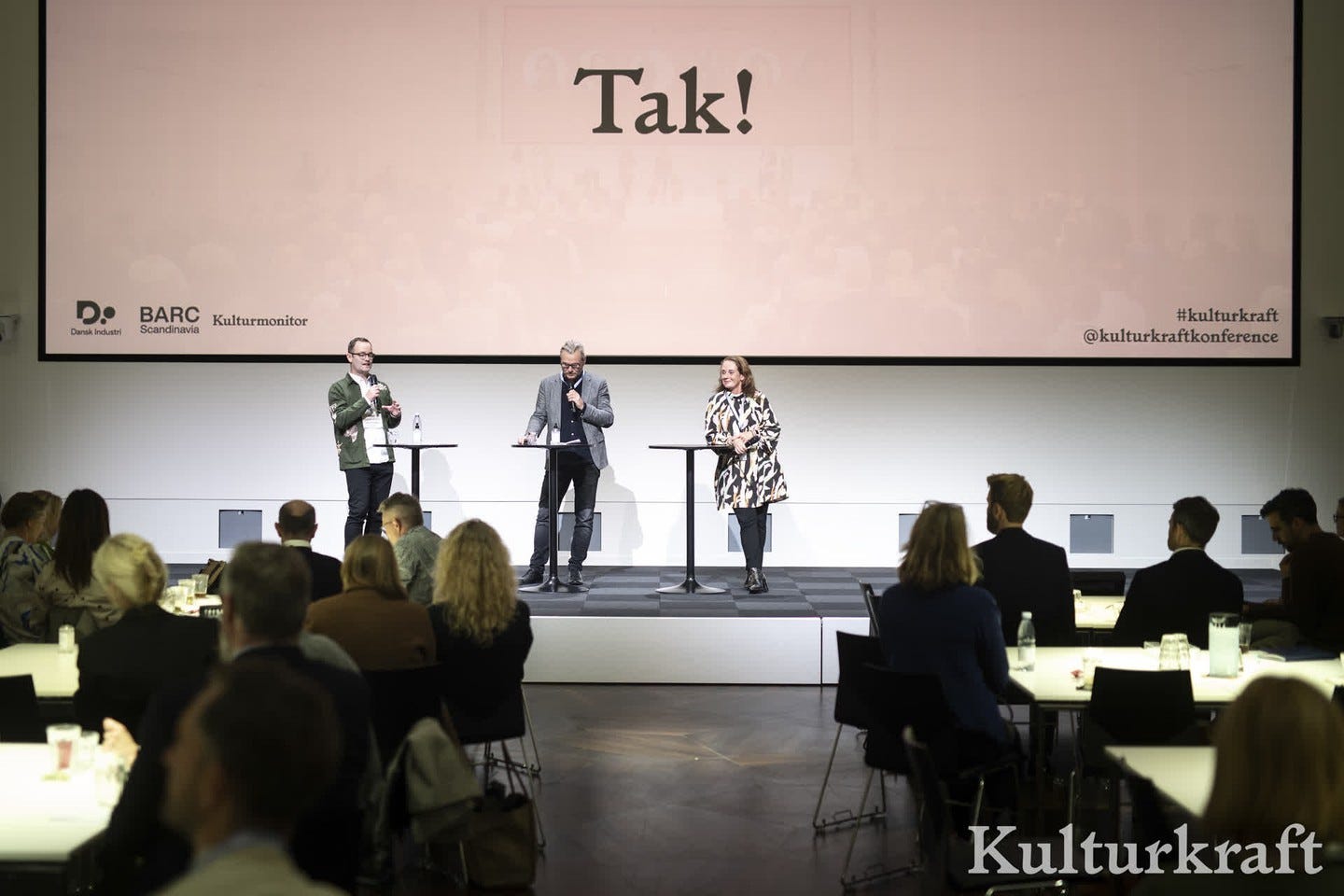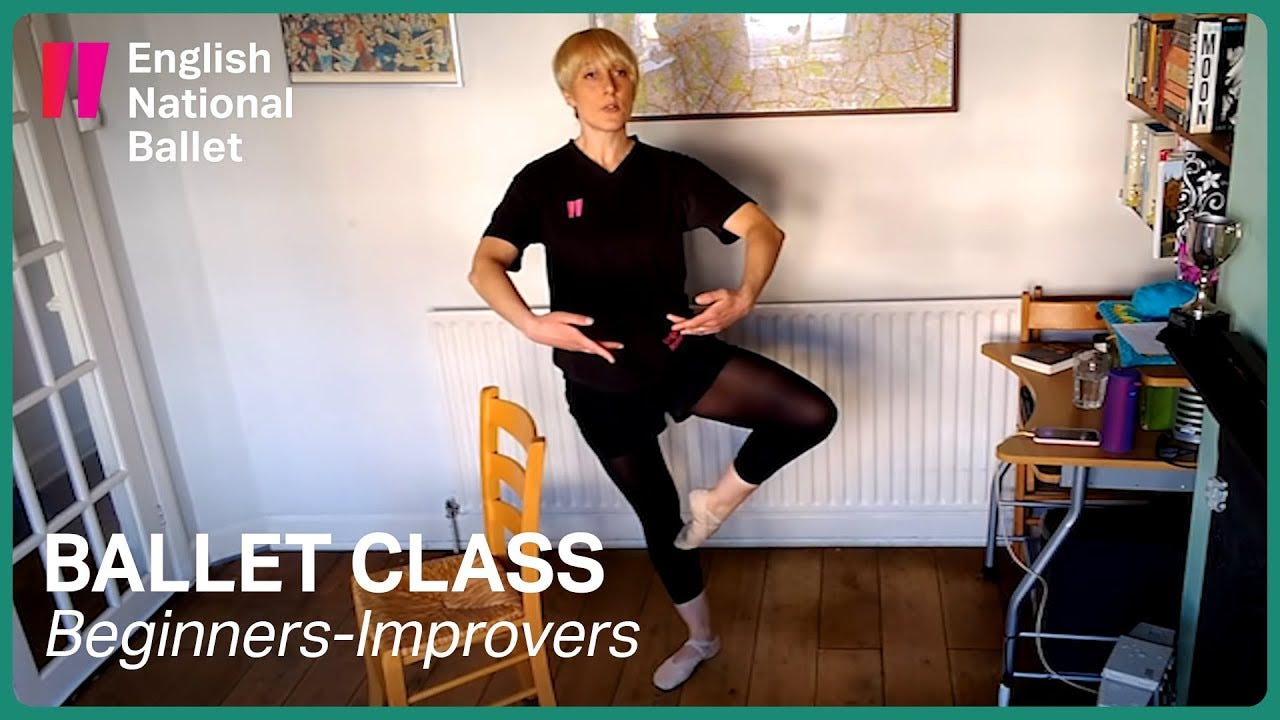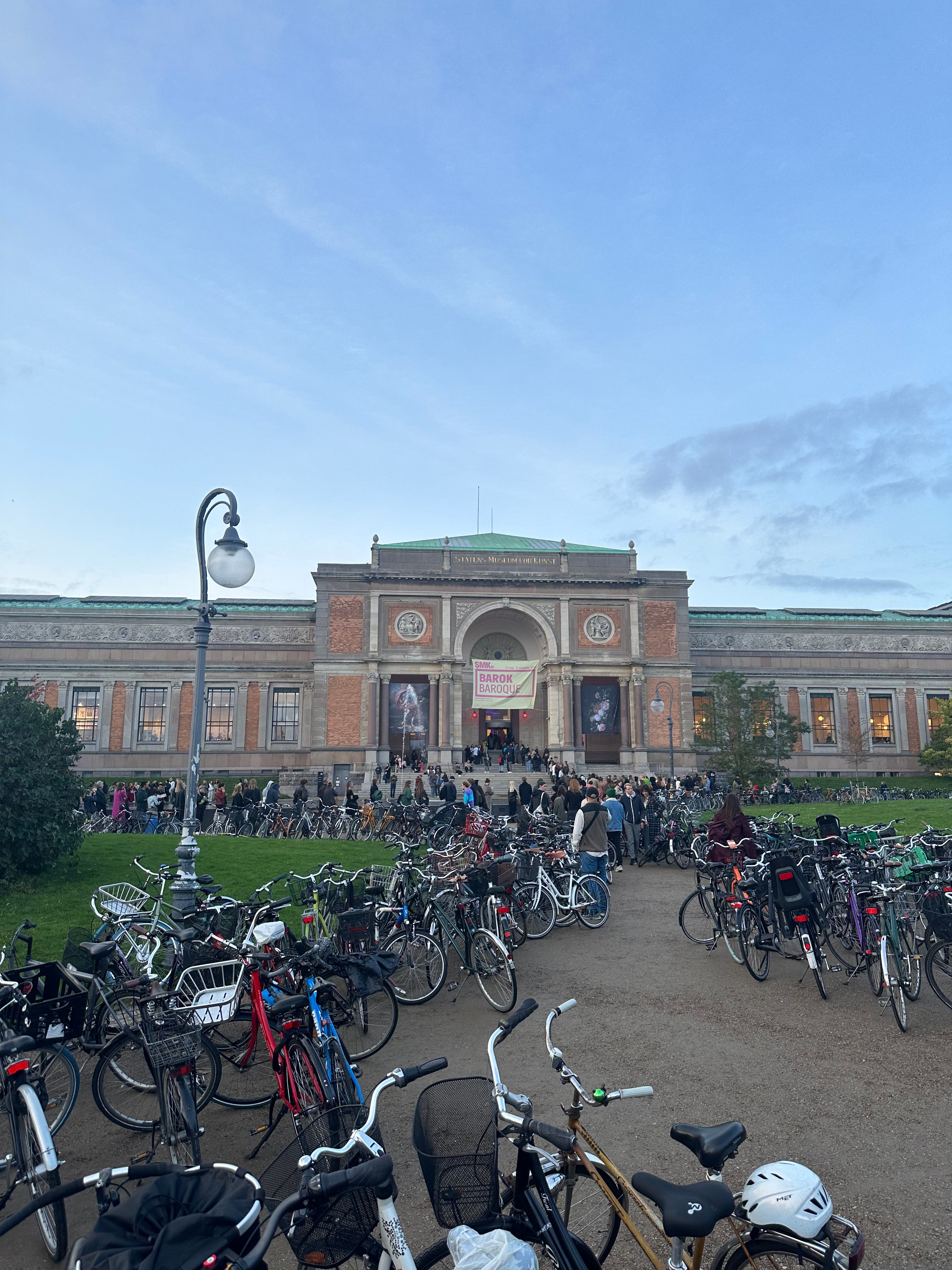Kulturkraft 2024
A few thoughts from this year's Kulturkraft conference in Copenhagen
A couple of weeks ago I headed to Copenhagen for the Kulturkraft Conference.

Here are some observations and reflections.
Always on

In the Venues of the Future R&D project I’m working on we have been mapping out the affordances that the ‘digital canvas’ offers.
One of these is the ability for a digital layer to easily enable asynchronous experiences.
In his keynote, the Natural History Museum’s Dan Phelan talked about some of the NHM’s ‘always on’ digital exhibitions.
I thought this was an interesting and effective way to think about the value and role of digital. As Dan said, their website is visited by 17 million people each year. That is a huge opportunity.
In a later session, Head of Arts Technologies at the Serpentine Galleries, Kay Watson shared some of her team’s thinking around the digital programming conversations they have (the photo above is from this part of her session). This conversation also touched on the ways in which digital can persist beyond more transient in-person programmes.
The Serpentine’s work is more fulsomely captured in their annual publication, Future Art Ecosystems.
Rethinking partnerships and value
It was interesting to see how some of the speakers described the partnerships that existed between their institutions and other organisations (both public and private).
Many recent conversations on the Digital Works Podcast have ended up discussing the shift in how cultural organisations are talking about value with partners.
We heard examples of how partnerships with news organisations helped amplify reach around digital experiences, how partnerships with public bodies opened up new avenues to funding and ways of engaging with communities, and how partnerships with consultancy firms allowed cultural organisations to monetise their in-house expertise.
We also heard from Alistair Watson at Taylor Wessing who was eulogising about their multi-year partnership with the Roundhouse and the value that relationship delivers to Taylor Wessing across employee experience, client relationships, and brand perception.
Given the current funding landscape, these sorts of conversations are going to carry on growing in importance.
Youtube for validation

This came up in my conversation with FT Strategies’, George Montagu. But it was also mentioned by the Southbank Centre’s Director of Audiences, Heather Clark Charrington, when talking about her time at English National Ballet.
Heather described how ENB had tested and validated some of the initial thinking around their digital programmes by quickly spinning things up on Youtube.
By testing these ideas at an early stage and getting them out into the world in front of potential audiences you are going to learn far more, far quickly.
This will then put you in a much better position to develop a case for investment, or to see whether it’s a waste of your precious time and money.
Rights and IP
This is another issue that regularly crops up on the Podcast, the question of rights and intellectual property was repeatedly mentioned across the sessions.
It is clear that the sector still doesn’t have a ‘tried and tested’ approach to these conversations. This means that some (most?) organisations are steering clear of these conversations entirely because of a fear about how expensive and complex they could be.
It’s also clear that the ad-hoc, reactive agreements that were put in place during the pandemic aren’t going to provide a longer term solution.
This feels like an urgent area of need for the sector (Europe-wide!). Perhaps work is already underway that I’m unaware of on a framework or solution, I hope it is.
Digital evolution, and international discourse
It is always fascinating to me how the conversation, priorities and expectations around digital have evolved differently in different parts of the cultural sector, and in different countries.
It’s clear that the funding environment and social context in which a cultural organisation exists massively impacts its digital priorities.
Things that seem obvious, immutable, and urgent truths in one country’s context will only be beginning to be discussed in another’s.
That’s why I think it’s important, wherever possible, for digital folk in the sector to expose themselves to this international conversation as regularly as possible. We all have so much to learn from each other.
Social glue
I think (perhaps unsurprisingly) that digital events and experiences have huge value, however that isn’t to say that I think in-person things don’t.
It was refreshing to spend some time in a big room with lots of people listening to new perspectives and catching up with interesting new people, and old friends. I don’t think I had realised how much I missed it.
Danish inspiration
After the conference had finished a few of us headed to the National Gallery of Denmark (SMK - Statens Museum for Kunst) because it was opening late that evening.
As we walked up to the building I was slightly amazed at the queue that snaked back down the steps and around the side of the building. There were hundreds of people, of all ages, queueing to get in. To an art museum. At 6pm on a Friday night.

Inside the atmosphere was incredible, it was packed, there were bars set up, DJs playing, live performances happening. People were sitting around long tables, drawing together. And the galleries were open as usual (sensibly no food or drink was allowed in these spaces but they were otherwise open to everyone).
It felt vibrant, and vital, and inspiring, and fun.

When we went to leave a couple of hours later, there was still a giant queue of people coming in.